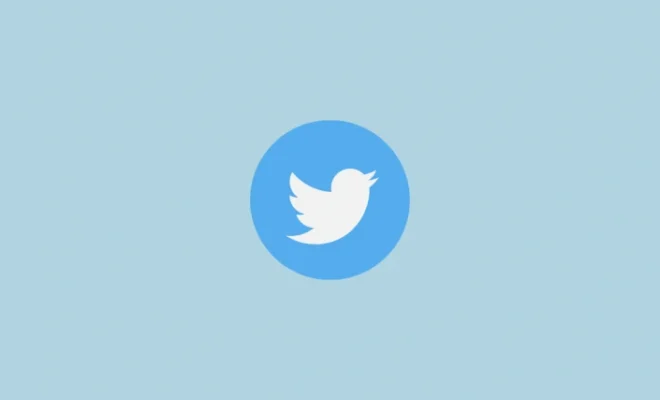Facebook Symbol Meanings, Explained (And How to Use Them Properly)

Facebook is a social media platform that has been around for over 15 years, and it has a long history of symbol meanings that can be confusing to many users. If you’re just getting started with Facebook or you’re a longtime user looking to better understand the symbols, this article is for you. We’ll explain the Facebook symbol meanings and how to use them properly.
Thumbs up: The thumbs up symbol is one of the most commonly used symbols on Facebook. It represents a ‘like’ or ‘approve’ of a post, photo or message. This symbol can also be used to show support or acknowledge an accomplishment.
Thumbs down: The thumbs down symbol is a way to show your dislike or disapproval of a post, photo or message. However, this symbol is less commonly used on Facebook and can often come across as negative.
Heart: The heart symbol on Facebook represents love, affection, or appreciation. This symbol is often used to express emotions like love or to show support for someone.
Laughing face: The laughing face symbol is a way to express humor or amusement. This symbol is often used to show that something is funny or to lighten the mood of a conversation.
Sad face: The sad face symbol is a way to express sadness, disappointment or sympathy. This symbol is often used to show support for someone who is going through a tough time.
Angry face: The angry face symbol is a way to express anger or frustration. This symbol is often used to show disagreement or disapproval with a post, photo or message.
Care symbol: The care symbol is the newest addition to the Facebook symbols. It’s a way to show support, comfort, and condolences. This symbol is used to express that someone cares about others in a time of need.
In addition to these symbols, Facebook also offers a range of emoji and stickers that allow users to express themselves in different ways. These can be accessed by clicking the ‘emoji’ button on a post or message.
To use Facebook symbols properly, it’s important to consider the context of the conversation. For example, a thumbs up symbol may be appropriate for a funny meme, but it may not be appropriate for a post about a serious topic like political issues or tragedy. Users should also avoid overusing or misusing symbols, as this can be confusing or come across as insincere.





